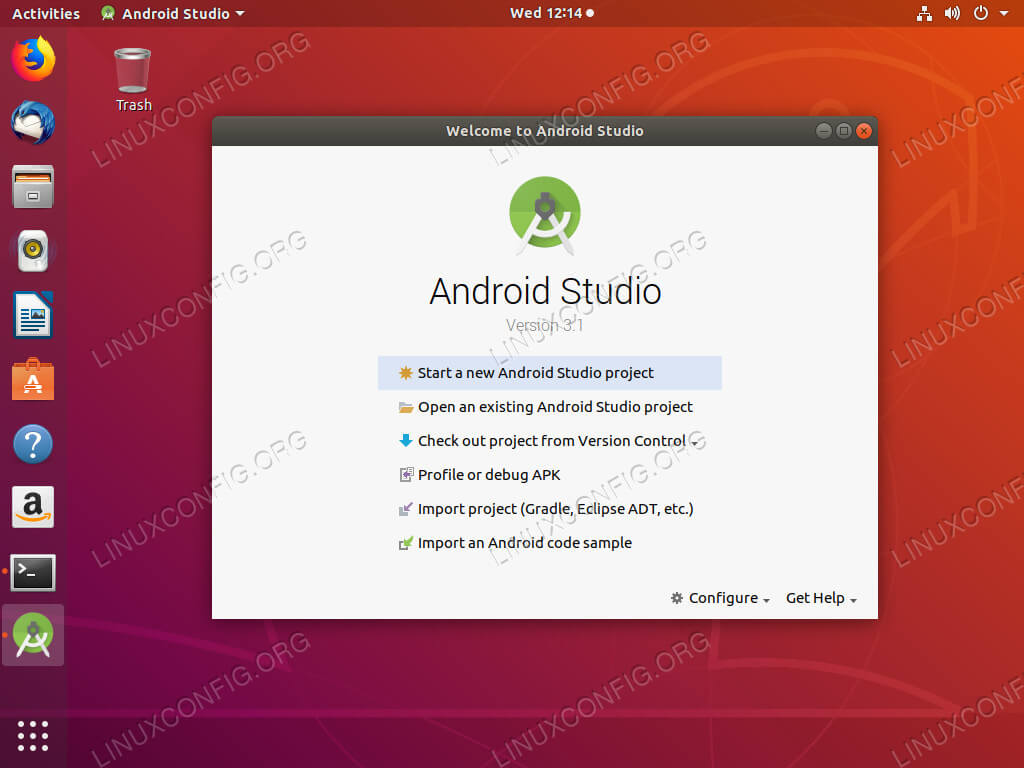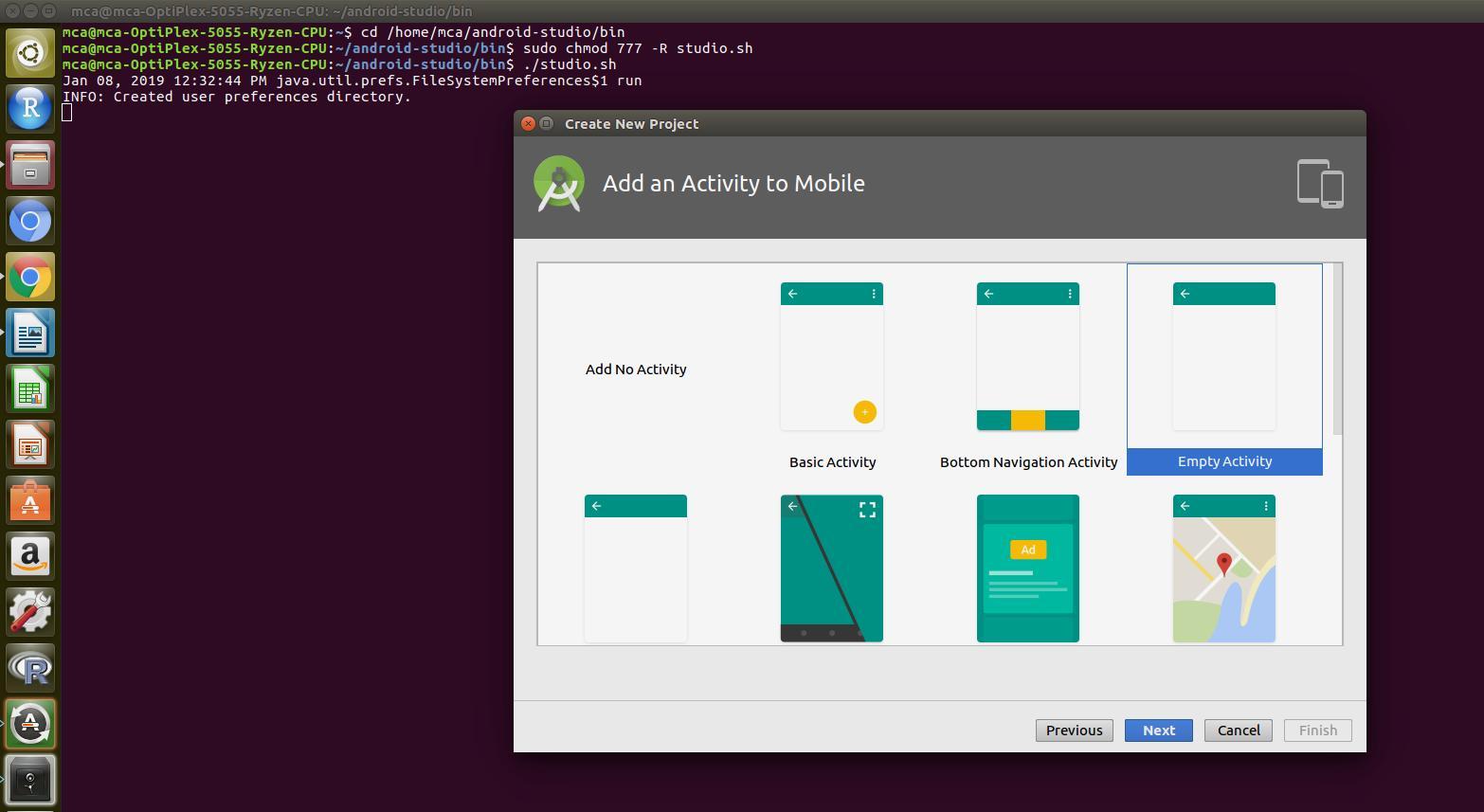
Follow the prompts in the wizard to create your project.
 Create a new project: To create a new Android project, go to the “Welcome to Android Studio” screen and click on “Start a new Android Studio project”.
Create a new project: To create a new Android project, go to the “Welcome to Android Studio” screen and click on “Start a new Android Studio project”. 
The main areas to focus on are the Project, Editor, and Tool windows. Take some time to explore the different panels and views in the interface.
Familiarize yourself with the layout: The Android Studio interface can initially be overwhelming. From here, you can download the SDK platforms, tools, and system images needed to develop your application. Click on the “Configure” button and select “SDK Manager”. To do this, open Android Studio and go to the “Welcome to Android Studio” screen. Configure the SDK: Before developing an Android application, you need to configure the Android SDK. Here are some tips to help you get started: Using Android Studio for the first time on Ubuntu Linux can be overwhelming. The installation consists of three main steps: importing the Android Studio PPA, installing the necessary packages, and launching the application. This guide will demonstrate installing Android Studio on Ubuntu 22.04 Jammy Jellyfish or Ubuntu 20.04 Focal Fossa using the command line terminal. Now, let’s get to the installation guide. It provides access to a wide range of APIs and libraries, making integrating features like maps, location, and payment processing into your app easier. Android Studio includes a powerful emulator that allows developers to test their apps on various virtual devices. It includes a robust code editor with features like code completion, syntax highlighting, and code refactoring, making it easier to write high-quality code. Android Studio provides a comprehensive set of tools for building, testing, and debugging Android apps. Subsequent updates have introduced features like Instant Run, which allows developers to see changes in their code and UI in real time, and a memory profiler that helps identify memory leaks and performance issues.Īs a developer or user, there are several reasons why you would still need to install Android Studio:. The initial version included features such as a visual layout editor, an APK analyzer, an intelligent code editor, and a powerful emulator. Android Studio was initially released on December 8, 2013. Here are some key details about its release and features: 

It was developed and released by Google in 2013 as a replacement for Eclipse, which was previously used as the primary IDE for Android app development.Īndroid Studio has evolved, with regular updates released to enhance its capabilities and improve user experience. Android Studio is a popular Integrated Development Environment (IDE) designed for developing Android applications.








 0 kommentar(er)
0 kommentar(er)
